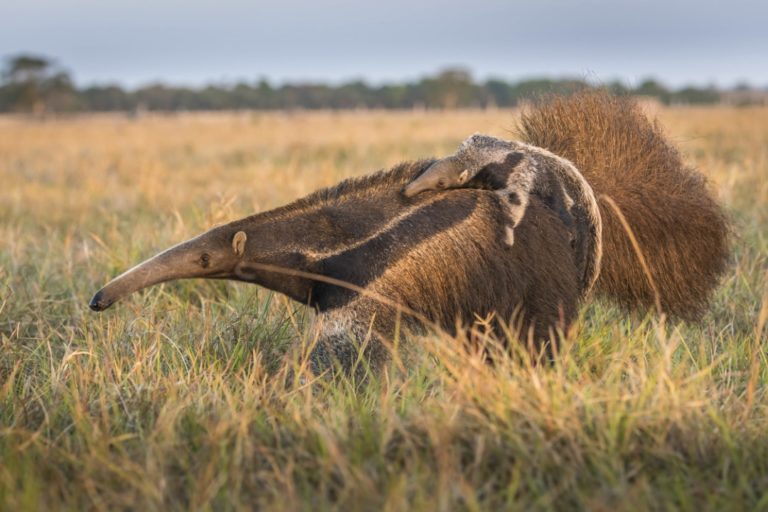Warburg Nature Reserve is one of the gems of the Chiltern Hills. In the autumn, its beech, birch and oak trees are transformed into a blazing canopy of red, yellow, brown and golden leaves. Buzzards and red kites swoop overhead while a startling array of fungi – from milkcaps to collared earthstars – push up through the woodland floor of the 100-hectare site.
This curtain of multicoloured delights hides a grim secret, however. A stroll through the reserve, which is owned by the Wildlife Trusts, reveals gaps that have recently appeared in the foliage.
Stark, white, leafless trunks loom over paths, all victims of a pernicious blight that is set to denude our woodlands and strip millions of pounds from the budgets of wildlife charities: ash dieback.
The disease – caused by the fungus Hymenoscyphus fraxineus – first appeared in the UK a decade ago. At the time, experts warned that ash dieback would have a grim impact though some hoped resilience would spare some trees and leave parts of woodlands relatively unaffected. Now, 10 years later, this prospect looks forlorn.
“It think we will be lucky if 5% of the nation’s ash trees survive this catastrophe,” said Debbie Lewis, head of ecology for Berkshire, Buckinghamshire and Oxfordshire Wildlife Trust (BBOWT), which runs Warburg reserve.

“On its own, the loss of our ash trees is a tragedy but it is also having all sorts of knock-on effects. Warburg is a popular reserve visited by thousands of people, and that raises costly health and safety issues,” she added.
The key problem for Warburg – and for all reserves run by the 45 other Wildlife Trusts in the UK – is that more and more ash trees are dying and their huge decaying trunks are looming over paths and clearings. Many are in danger of falling over and are becoming a threat to visitors and to workers.
“These dead trees grow on slopes and near rights of way and they pose a danger. So clearing them has become a priority ,” said Steve Proud, who is BBOWT’s land management director. “But it is a complex, expensive business that requires specialised intervention.
“Our trust has already had to spend £400,000 to pay for tree clearance, and we forecast having to pay a further £800,000 over the next few years. That is a great deal of money for a local wildlife trust and it means we have far less to spend on the restoration of wild habitats – which is our prime purpose and goal.”
Ensuring that humans are not harmed is not the only difficulty facing the Warburg reserve, however. Many of its ash trees provide homes for bats – such as brown-eared and barbastelle bats – and as these animals are protected by law, trees have to be carefully checked to ensure that they are not nesting in them. “Pinpointing the tiny marks of a nest at the top of a 40ft-tall tree is not easy, but it has to be done,” added Lewis. “And it all adds to the work we now have to carry out in dealing with ash dieback.”
This point was backed by Rob Stoneman, director of landscape recovery for the Wildlife Trusts. “The impact of ash dieback is going to be even bigger than that of Dutch elm disease, which has killed millions of trees since it appeared in the 1970s. Our woodlands, especially in northern England, are dominated by ash trees, so they are going to experience very rapid changes over the next decade.”

The consequences for some smaller trusts could be severe, said Proud. “We are a relatively large trust but smaller ones have to sell their assets and reduce education sessions to provide money for dealing with ash dieback.
“We face a massive expenditure over the next three to five years, thanks to ash dieback, and that will come against a backdrop of reduced income as inflation rates affect the incomes of our members.
“There is a limit to which we can depend on their generosity. So this is threatening to become a perfect storm for us.”
Ash dieback is just part of a broader pattern of changes to our woodlands, added Stoneman. “In mainland Europe, we are seeing a whole range of diseases, such as oak processionary moth disease and pine blight, on the increase. And that is probably because trees are being stressed by climate change.
“We are getting hotter, drier summers and wetter winters and that is making trees more susceptible to disease. Climate change is already having some really significant effects.”


